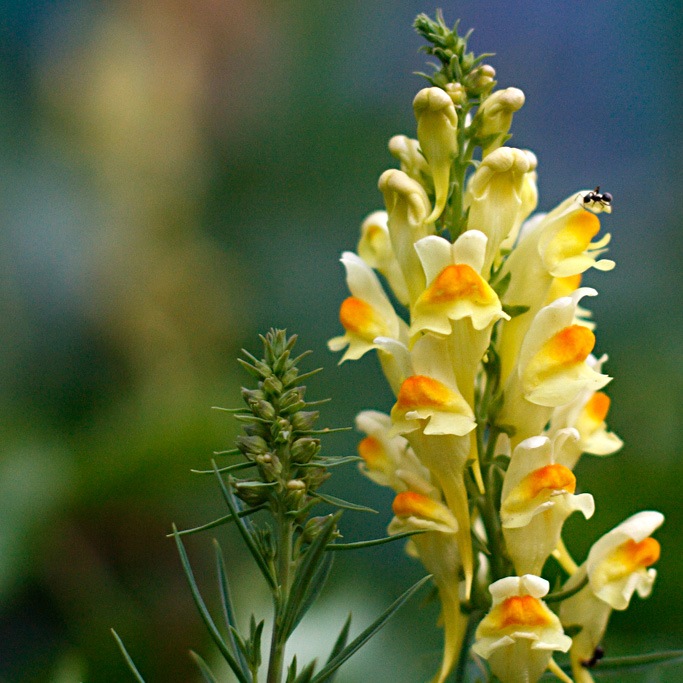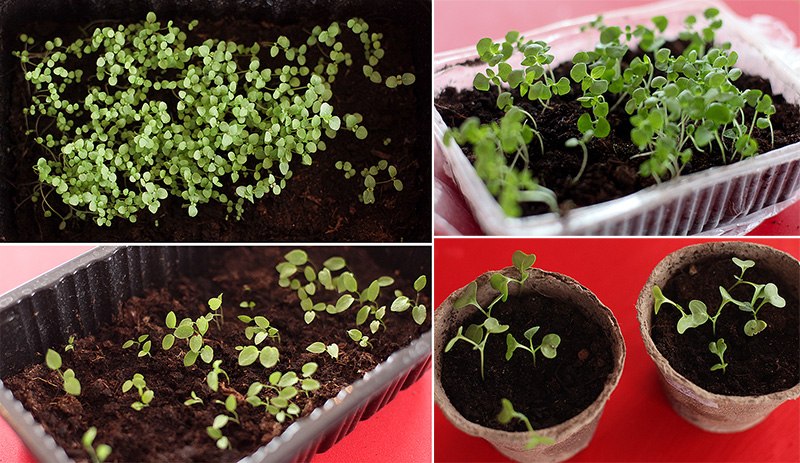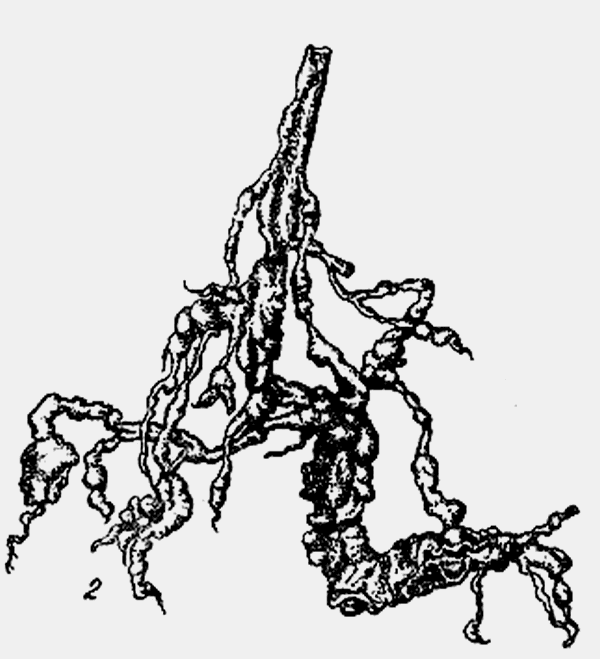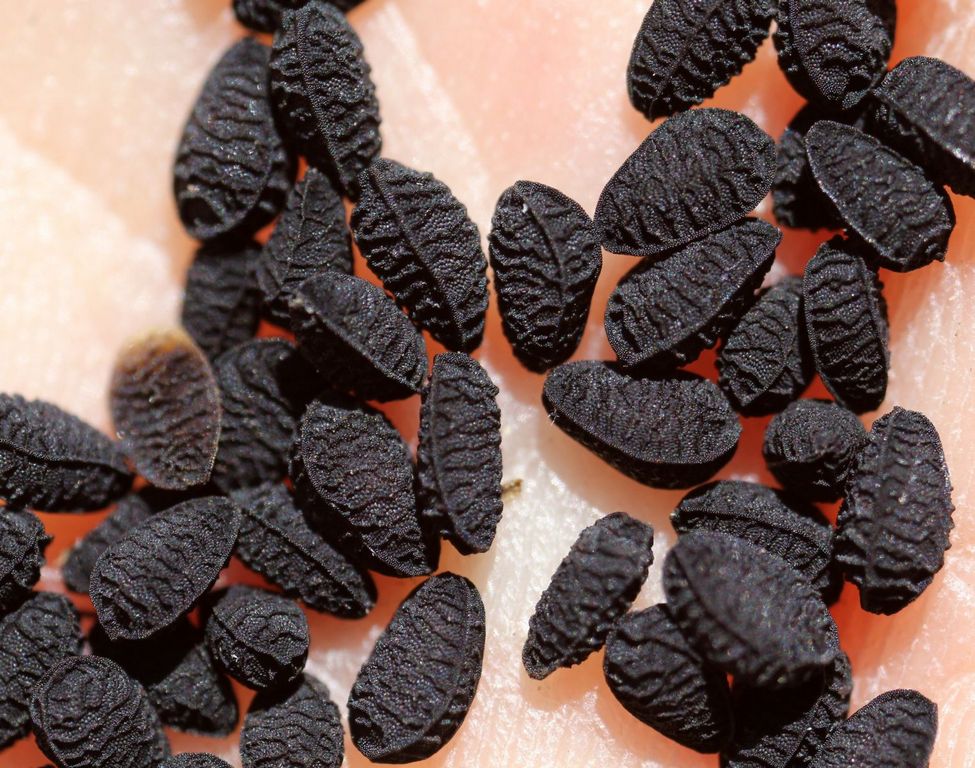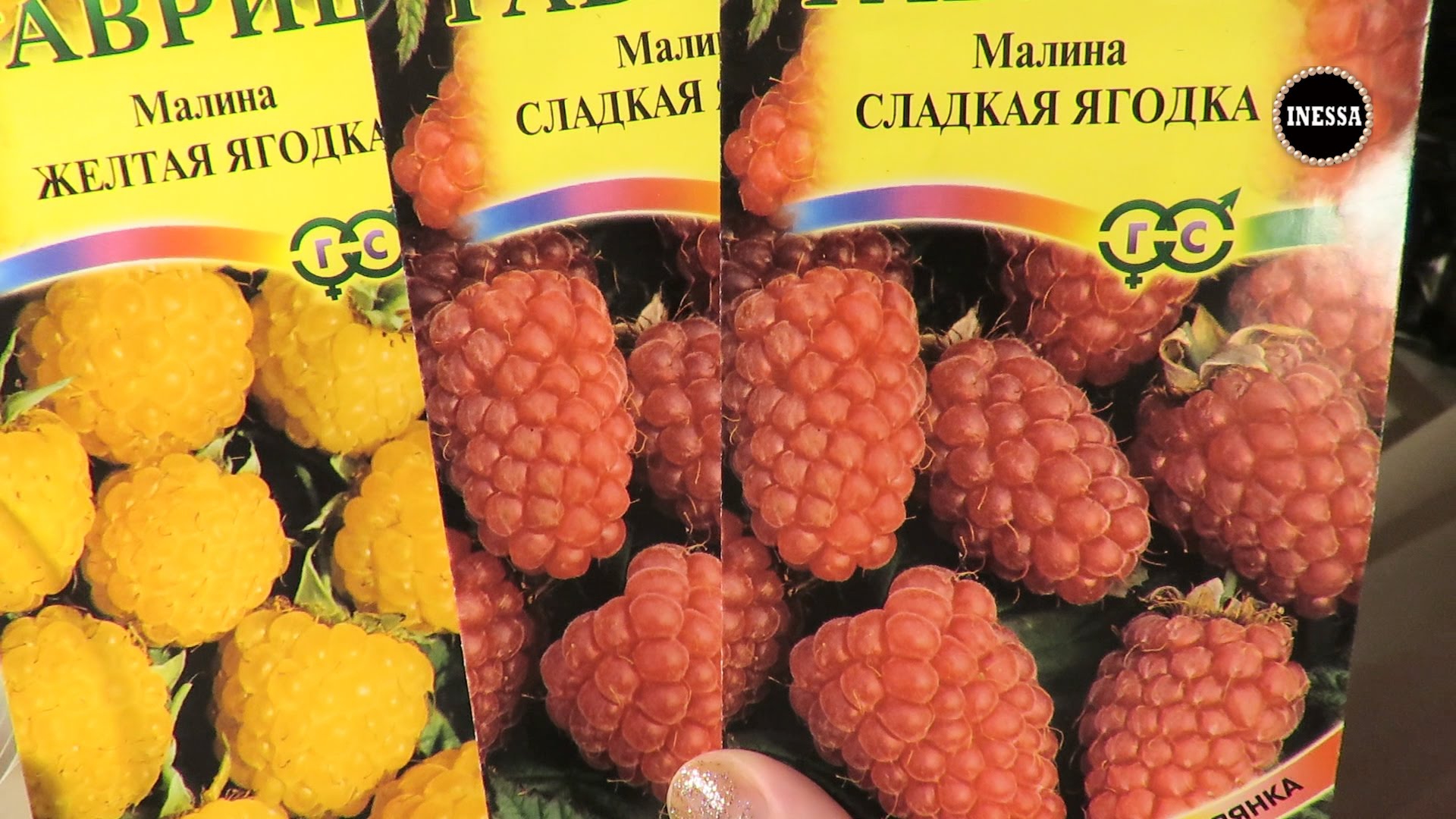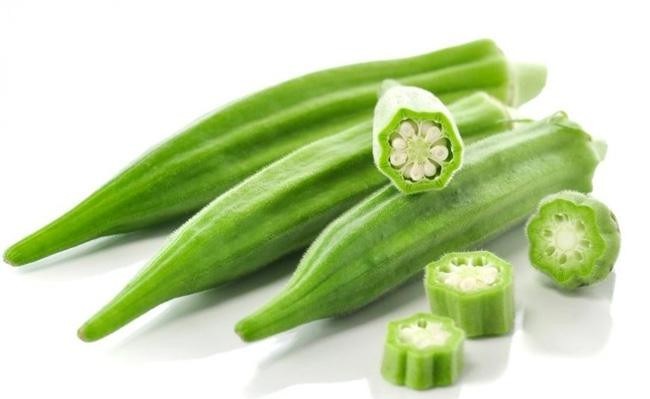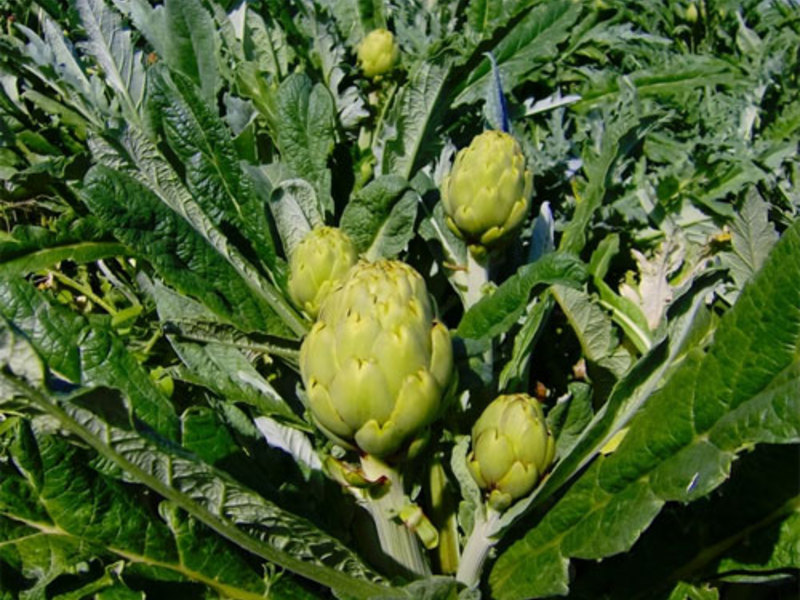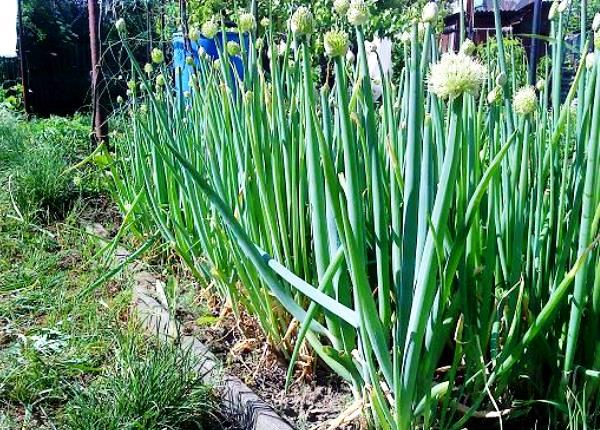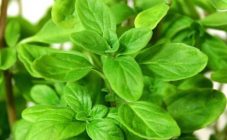Content:
Snapdragon, or antirrium, is a genus of herbaceous crops belonging to the Plantain family. Today there are about 50 species of perennials. Plants are more common in regions with favorable climatic conditions. Breeding work was started in the middle of the 19th century by German scientists, but today there are already more than 1000 varieties of snapdragons. It is surprising that only one species served as the "parent" of such a variety - large antirrinum. How to collect snapdragon seeds at home and plant them is described below.
Agricultural rules
Snapdragon should be planted in soil shortly after the end of frost. Depending on the region of growth, the planting time ranges from the first decade of May to the second or third decade of June.
The most favorable soil for the development of a plant is loam with excellent air and water permeability. If you have to plant snapdragons on infertile soils, you must first add organic and mineral fertilizers to the soil:
- Peat.
- Wood ash.
- Complex fertilizer for flowers or nitrophosphate.
- A small amount of rotted humus.
The earth must also be carefully dug up and loosened beforehand. Plants are light-loving, in shaded areas they will not develop properly.
Sowing seeds or replanting seedlings is recommended in the evening or cloudy weather. When growing antirrium, you must adhere to the following planting scheme:
- 15 * 15 cm - dwarf varieties;
- 20 * 20 cm - undersized varieties;
- 30 * 30 cm between medium sized plants;
- not less than 40 * 40 cm - tall plants.
Culture propagation methods
As a rule, flowers are propagated using the seedling method. Tall varieties begin to bloom later than their undersized relatives. When sowing, you need to pay attention to this. Distinguish between annual and perennial plants.
The optimal time for sowing is the first half of May. Flowering will start later compared to seedlings.
If you do not remove the faded buds, the chances are high that the fallen seeds will survive the winter and germinate in thawed ground. The advantage of such specimens is that they are strong and bloom magnificently.
Snapdragon: growing from seed, when to plant
Sowing seeds greatly speeds up the cultivation process and, accordingly, provides earlier flowering. For sowing planting material, you will need to prepare the seeds of the variety you like, a container for planting, a shovel and a sieve.
For seedlings, it is recommended to use a long pot with a pallet, container or planting box; the approximate height of the container should be at least 10 cm. To drain excess moisture, there should be through holes at the bottom of the container. A drainage layer is formed from expanded clay, coarse sand, pebbles, perlite and vermiculite.Only after that you can start preparing the land.
For sowing, it is recommended to use a light, loose-textured substrate that you can prepare yourself at home or purchase from a specialized store. For self-cooking, you will need wood ash, turf, rotted humus, peat and sand. The entire composition is thoroughly mixed and sieved with a sieve. After that, the soil must be watered with a weak manganese solution, this is necessary for disinfection.
For even distribution in the soil, the seeds must be mixed with sand. The seed is sown in rows with an interval of 2-3 cm between them. For even and comfortable distribution, you can use a paper envelope with a cut off corner. For a snug fit to the ground, the paths are slightly pressed with your palms. A thin layer of soil is poured over the planting material using a sieve.
Then the soil is irrigated with a spray gun. The container is placed in a warm room and covered with a plastic bag and glass. As a rule, seedlings appear in 10-12 days. Before planting in open soil, it is recommended to gradually harden the seedlings in the open air, for example, on a balcony.
Care
It is simple to take care of the plant, it is enough to limit ourselves to standard agrotechnical procedures: watering, loosening, mulching and feeding. To retain moisture and more lush flowering, the bushes are recommended to be mulched regularly with straw, sawdust and sand.
A month after planting, the root system should finally take root in open soil. Now it is necessary to introduce the first top dressing, using complex fertilizers for annuals or nitrophoska. The following dressings are carried out at intervals of two weeks throughout the entire growing season.
For good growth of bushes in heavy or infertile soil, it is necessary to carry out a garter of tall varieties, as well as top dressing and loosening. Loosening reduces the likelihood of disease damage to the root system. Without tying, tall plants can break off in strong gusts of wind.
Pest and disease control
This culture in the garden has poor resistance to the harmful effects of butterflies, slugs, stemworms, thrips, miner flies, minerals, ticks and aphids.
- Caterpillars or stemworms primarily affect the lower part of the stem. If an insect is found, all affected fragments must be removed and burned. Healthy flowers must be treated with chlorophosome solution. Preventive irrigation is advisable to carry out during planting and until autumn.
- Snapdragon attacks frequently rootworm nematode... The insect affects the root system. Infection is caused by excess moisture in the soil. Damage by a pest contributes to the development of secondary infections, for example, black leg, downy mildew. Fusarium, rust, etc.
The main diseases of snapdragon:
- Mosaic- a common fungal disease affecting cultures. The main symptom is the formation of mottling on leaves without necrosis. As a result, the abundance of flowering decreases, the flowers begin to shrink. If identified, remove all affected crops and incinerate. Nearby plants and the soil around them should be treated with fungicide solutions and wood ash.
- Rust is capable of killing plants in the shortest possible time, since it affects all parts of the plant. On the reverse side of the leaf plate, dusty brown pustules are formed.On the front side, spots are formed, due to which the leaves wilt. If symptoms of pathology are detected, it will be necessary to treat not only the plants, but also their peri-stem circles with a solution of Tsineb, copper oxychloride and Bordeaux liquid. It is necessary to repeat the procedure in a week.
Seed collection
The seed capsule contains approximately 8 thousand seeds. Ripe seeds are similar to poppy, have a characteristic shiny coating. The strongest and most beautiful plants should be selected to collect planting material. Shorten their inflorescences by a third. Shortly thereafter, seed pods will form in place of the flowers.
Snapdragon is a wonderful plant that every agronomist, even a beginner, can grow in his summer cottage. Due to the excellent cold resistance, the culture can be grown in the middle zone, in Siberia and the Urals. The plant can be overwintered in open soil, but for this the root system must be covered with dry grass, straw or peat.
